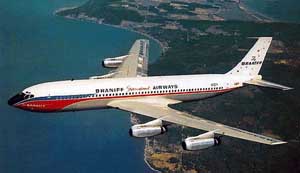Can anyone explain that that means? It obviously refers to some sort of instability, but the articles on the incident don't seem to provide much other than it's just kind of rocking. Preliminary reports seem to indicate that the rudder was damaged by a backup power control unit.

 apnews.com
apnews.com
 www.asias.faa.gov
www.asias.faa.gov

The FAA and NTSB are investigating an unusual rolling motion of a Southwest Airlines Boeing 737 Max
Federal officials are investigating an unusual rolling motion during the flight of a Southwest Airlines Boeing 737 Max.

